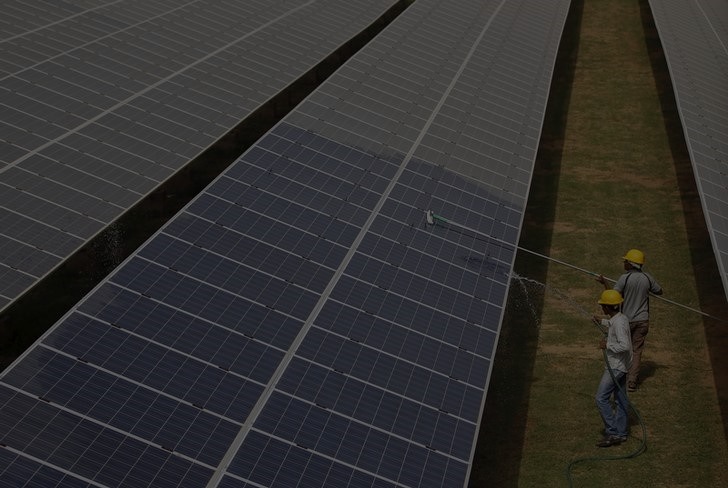1. U.S. solar cell manufacturing won’t restart anytime soon.
Billions of dollars in long-term investments are required to achieve large-scale production of the next generation of high-efficiency solar cells. With the right solar industrial policies in place, the cell industry can indeed recover, and bring along associated panel and component manufacturing. Unfortunately, implementing policies to support these investments does not seem to be a priority in Washington, D.C.
2. The panel shortage will not mitigate until the end of Q2.
The threat of tariffs is already causing a panel shortage. It takes about a month to finalize and ship orders to a port, and another month to ship containers from overseas — assuming panels are in stock. Without solar panels there can be no completed systems, so there will be a commensurate decline in revenue among all system components.
3. Wires will disappear from solar system monitoring.
Cellular cloud-based solutions will prove to be more cost effective for monitoring. Experienced contractors are realizing that spending a few hundred dollars more on cellular monitoring is much cheaper than Ethernet-WiFi-ZigBee fiddling, and the inevitable customer callbacks as a result of home network failures.
4. Dumb solar modules on residential rooftops are dead on arrival.
Dumb solar panels will be killed by NEC Rapid Shutdown requirements. There are only two solutions: module-level power electronics, or add-on string-level rapid shutdown boxes. After installing their first add-on rapid shutdown box, contractors will find that it is more cost-effective to install modules with microinverters or optimizers — leaving string inverter companies wondering what happened to their residential market share.
5. Utilities will thwart behind-the-meter solar.
Utilities will continue increasing fixed monthly charges, flattening electric rates (smaller differences between large and small consumers), and moving peak time-of-use rates away from periods of maximum solar production. In this technology whack-a-mole game, consumers will respond by installing their own battery storage systems to maximize their self-consumption.
6. “Smart home” energy monitoring systems will continue to fail.
Smart home offerings will suffer because of pricey installation costs and limited economic value. Adding connections to existing electrical panels (such as CTs) are expensive, and must be done to code by trained technicians. Instead, smart home systems that are bundled with PV, storage, cable or security systems have a better chance for success since these systems can justify high installation and support costs.
7. Energy storage system price declines will stagnate.
Although battery prices will continue to decline, all-in energy storage system price declines will stagnate as contractors realize the additional integration work necessary to complete these systems. Simply adding the cost of the battery does not account for the additional design, permitting, software, training and configuration work necessary for these systems — not to mention incentive processing paperwork.
8. Integrated packages will become more important.
The most successful residential energy storage systems will be those that package components together and provide easy-to-use software — thereby simplifying installation work. A few companies have figured this out, but most are taking the Frankenstein approach of integrating components from multiple vendors and hoping that all the software and firmware will work together properly.
9. Backup power is important for consumers.
Reliability is more essential than ever before, since almost everything is electric. The vast majority of power outages are caused by a failure of the local grid, largely due to extreme weather and equipment failures. Both commercial and residential customers are placing a higher value on backup power capabilities. Battery storage systems that do not have backup capabilities will be at a substantial disadvantage in the marketplace.
10. A coming constraint for lithium.
The lithium shortage will mirror the silicon shortage of 2004-2007 (and numerous memory chip boom-bust cycles). At some point, numerous car manufacturers will simultaneously place orders for huge quantities of batteries, creating a sudden shock to the upstream supply of lithium. The price of lithium (and batteries) will spike as suppliers require take-or-pay contracts for this critical ingredient. Even more depressing than a lithium shortage could be a cobalt shortage.
11. The wild card
The president will convert the White House to run on coal, with a prototype CO2 sequestration system designed by the DOE, approved by the EPA, certified as healthy by HHS, inspected by HUD and mined by the Department of the Interior — thereby creating a lifetime job for a single coal miner.
Source: https://www.greentechmedia.com/articles/read/10-predictions-for-rooftop-solar-and-storage-in-2018


